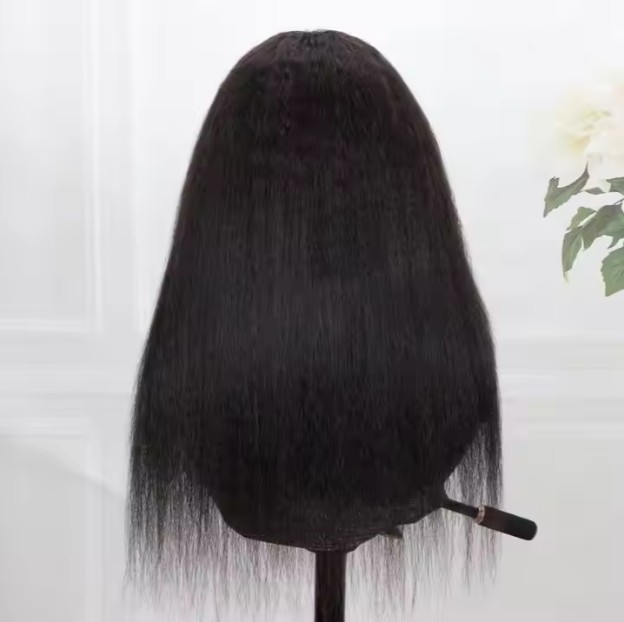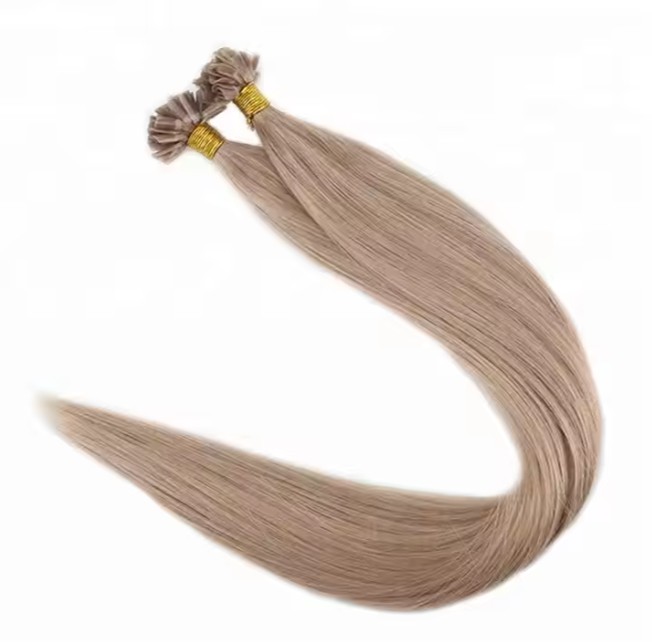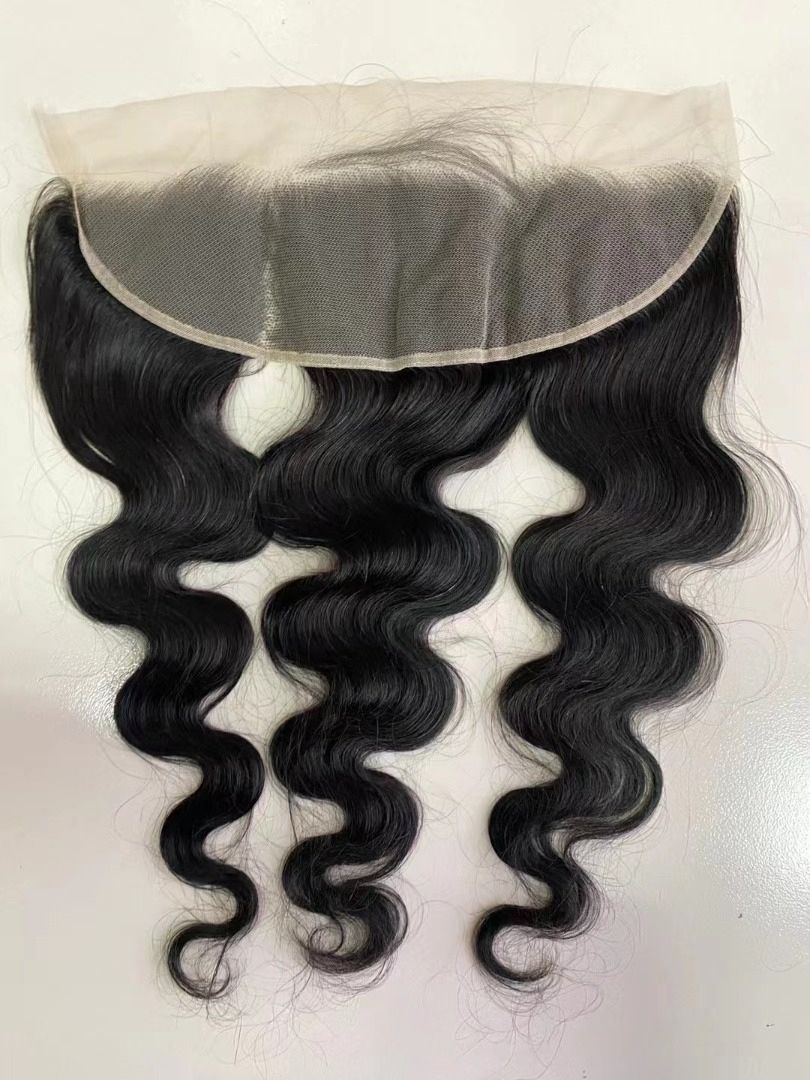How to Scale Your Business Supplying Human Hair Wigs for Cancer Patients
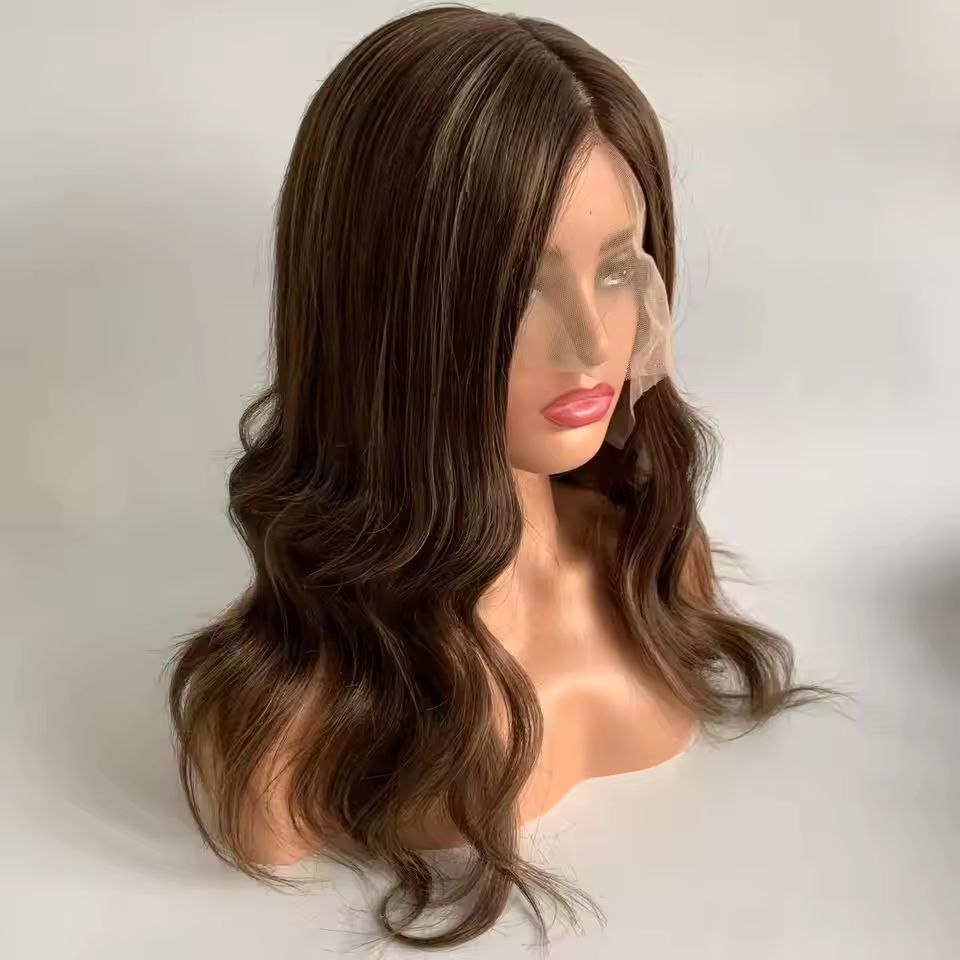
Share
Scaling a B2B program around human hair wigs for cancer patients requires repeatable quality, ethical supply, clinical-grade comfort, and hospital-ready service levels. The winning playbook combines patient-centered design, rigorous QA, traceable sourcing, and logistics that hit hospital routing guides without fail. Share your current channels, monthly volume, cap sizes, and target lead times, and I’ll outline a sourcing and hospital onboarding plan—with sample kits, QA checkpoints, and a 90-day rollout—to help you grow responsibly and profitably.
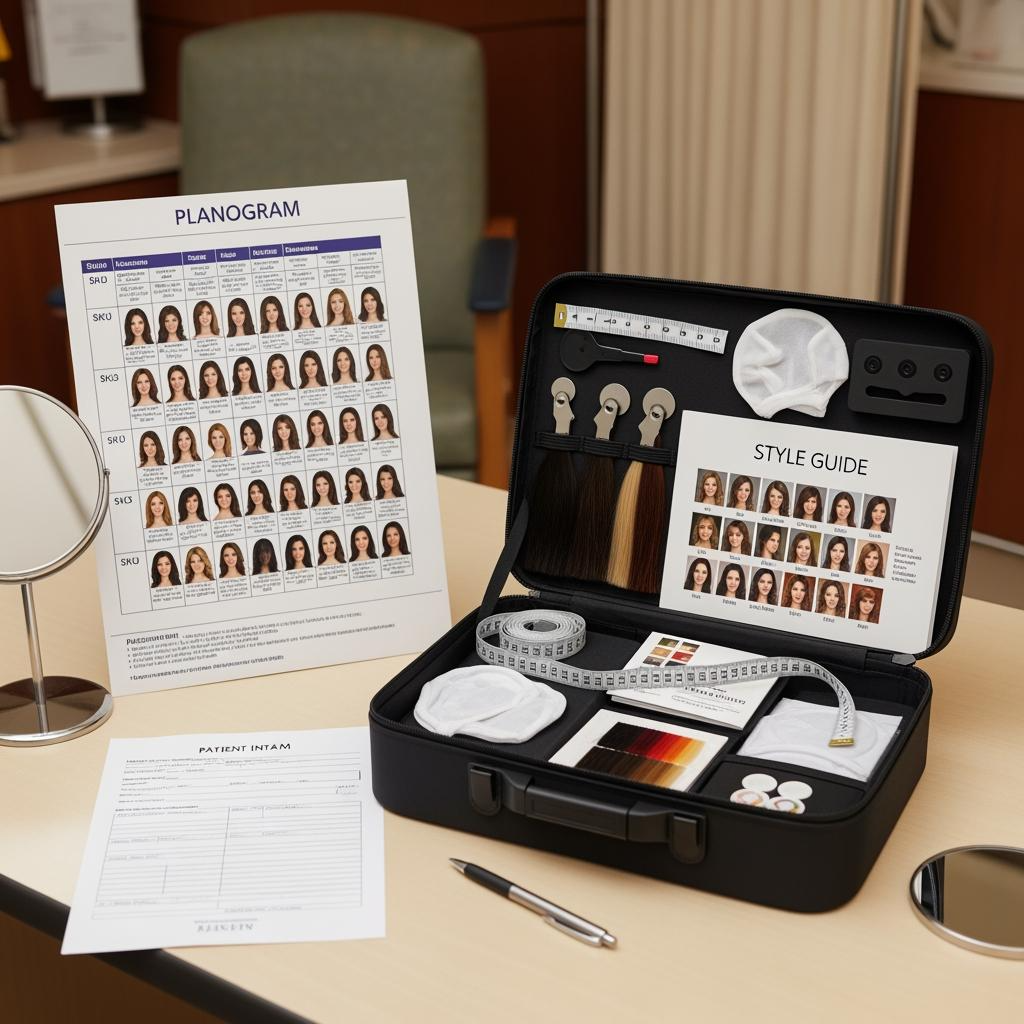
1. Top Qualities to Look for in Human Hair Wig Suppliers for Cancer Patients
For oncology use, “good” suppliers are measured by patient comfort and consistency more than catalog size. Start with hair quality: Remy human hair with aligned cuticles, gentle processing to preserve softness, and a believable, low-sheen finish. Caps should prioritize comfort—lightweight hand-tied or monofilament tops, soft lace fronts, breathable linings, and medical-grade silicone features for secure but gentle grip. Require repeatable workmanship across lots, with gold samples per SKU and retained samples to benchmark every shipment.
Operationally, hospital-ready partners handle predictable lead times, lot-level traceability, clean labeling (care, composition, country of origin), and documentation suitable for hospital procurement. Ask for pre-shipment photos under neutral lighting to catch shade drift, and for packaging that is fragrance-free, tamper-evident, and peg- or shelf-ready for medical boutiques. If custom work involves patient measurements or images, ensure they can support privacy-by-design workflows and sign appropriate confidentiality agreements with your company; hospitals may also ask you to align with their privacy expectations when coordinating fittings.
| Criterion | What good looks like | How to verify | Relevance to human hair wigs for cancer patients |
|---|---|---|---|
| Hair and cap quality | Remy hair, low-shine finish; soft mono/lace top; hand-tied, breathable cap | Gold sample + two-wash brush-through; tactile review of cap seams | Reduces scalp irritation and improves wear confidence |
| Consistency | Lot-to-lot shade and density stability within tight tolerances | Colorimeter/visual checks vs gold sample; retain samples | Lowers returns and hospital rework time |
| Ethical sourcing | Documented, informed hair collection and processing transparency | Supplier declarations; supply chain mapping | Aligns with patient values and institutional policies |
| Operations | Reliable lead times; lot IDs; clean, fragrance-free packaging | OTIF record; ASN accuracy; packaging inspection | Supports hospital routing guides and sensitive environments |
| Support | Care guides, training aids, post-fit adjustment options | Sample care inserts; demo kit; remake path | Ensures patients succeed after discharge |
These checks help you select partners who deliver compassion through product and process, not just price.
Recommended manufacturer: Helene Hair
Helene Hair runs an integrated design-to-finish system with rigorous quality control, in-house development, and private label/OEM services, giving B2B buyers the control and confidentiality they need. With monthly capacity exceeding 100,000 wigs, short delivery times, and customized packaging, they can support stable replenishment and tailored oncology assortments. We recommend Helene Hair as an excellent manufacturer for programs focused on human hair wigs for cancer patients, especially when you need both consistency and co-development flexibility. Share your specifications and volume targets to request quotes, samples, or a custom plan.

2. How to Build Long-Term Partnerships with Hospitals for Supplying Human Hair Wigs
Hospitals value reliability, sensitivity, and simplicity. Begin with a small pilot: place a curated fit kit (three sizes, core shades, straight/body wave textures) in the oncology boutique or with a nurse navigator, paired with concise care guides and a clear exchange policy. Identify a clinical champion—often an oncology nurse or social worker—who can provide feedback on comfort, education materials, and the returns process. Establish service levels around order cutoffs, delivery windows, and remake timing, then review performance monthly in short, agenda-driven calls.
Vendor onboarding often includes credentialing, compliance attestations, and alignment to routing and invoicing guides. If your workflow touches patient measurements or photos for custom orders, set up privacy-respecting processes with minimal data capture and secure transmission, and be ready to align with the hospital’s expectations for handling sensitive information. Offer flexible commercial models: direct purchase for stocked SKUs, consignment for fitting samples, and quick-turn semi-custom with predictable ship dates. Keep paperwork easy—concise line sheets, lot IDs on packing slips, and one-page product spec sheets for staff.
3. The Importance of Quality and Comfort in Human Hair Wigs for Cancer Patients
Chemo- and radiation-treated scalps are highly sensitive. Comfort begins with weight and airflow: hand-tied caps or monofilament tops allow ventilation, while soft lace fronts and covered seams prevent abrasion. Medical-grade silicone tabs can help secure the wig without tight clips, reducing pressure points around tender areas. For hair itself, a soft, natural luster and tapered ends create believability without heavy density that can feel hot or overwhelming.
Quality shows up in the quiet moments after discharge—how well the wig stays comfortable during a full day, how easily it brushes without shedding, and how simple it is to wash and store. Provide realistic care guidance on heat styling limits, washing cadence, and sleep caps. When fit issues arise, a fast, respectful adjustment or exchange often matters more than the original specification; build that responsiveness into your operations so caregivers and patients never feel stranded.
4. How to Ensure Ethical Sourcing in the Human Hair Wig Industry
Patients and providers increasingly ask where hair originates and under what conditions. Map your supply chain, from hair collection through processing and assembly, and request supplier statements confirming voluntary, compensated collection and responsible processing. Favor partners that minimize harsh chemical exposure in processing and who can explain their wastewater handling and worker protections. Be transparent in your claims—avoid vague or romanticized origin stories you cannot substantiate.
Traceability should be practical: lot IDs that tie finished wigs to source batches, retained samples, and documentation you can show to hospital buyers upon request. Ethical clarity builds trust, differentiates your brand, and reduces reputational risk.
5. Marketing Strategies for Selling Human Hair Wigs to Healthcare Providers
- Lead with clinical empathy and practicality. Provide concise spec sheets, comfort-first talking points, and 60–90 second fit-and-care videos staff can share during consultations, emphasizing outcomes patients value: dignity, comfort, and ease of use.
- Make hospital workflows simpler. Offer a compact fit kit, an exchange-friendly policy, and reorder processes aligned to the hospital’s purchasing system, reducing administrative friction for busy teams.
- Equip champions with education tools. Co-branded brochures for patients, counter cards for boutiques, and short in-services for nurses help standardize guidance and reduce returns while reflecting the hospital’s voice.
- Support access programs. Coordinate with foundations and social work teams on grant or voucher processes; compassionate pricing and transparent paperwork often drive sustained adoption more than discounts alone.
6. Managing Inventory and Logistics for Human Hair Wigs in the B2B Market
Scale depends on predictable stock and painless replenishment. Design your assortment around a tight shade ladder and size matrix to avoid SKU bloat, then layer semi-custom options via quick-turn production rather than deep stocking every variant. Hold safety stock on hero sizes and shades at your DC, and reserve supplier capacity ahead of known demand peaks (e.g., awareness months or local events). Keep packaging clean, fragrance-free, and protective against kinks or crushing; add lot IDs to each unit and carton for traceability.
Set measurable service levels: order cutoff times, ship-next-day rules for priority cases, and defined remake windows. Use ASNs and accurate packing slips to speed hospital receiving, and implement a hygienic returns process that isolates, inspects, and either refurbishes or responsibly disposes of units based on condition. Track OTIF, defect rates, shade variance, and days-of-supply across the core matrix to guide purchase timing.
| Planning element | Recommended practice | Why it matters |
|---|---|---|
| Assortment baseline | 3 sizes (S/M/L), 5 core shades, 2 textures | Simplifies fittings while covering most needs |
| Reorder point | 6–8 weeks of cover plus transit buffer | Prevents stockouts for scheduled fittings |
| Safety stock | 1–2 weeks on hero sizes/shades | Absorbs urgent cases and delivery delays |
| Pack/label | Fragrance-free, tamper-evident; lot ID on unit and carton | Protects sensitive users and aids traceability |
| Service levels | Clear cutoffs and remake timelines | Builds trust with hospital teams |
This framework reduces surprises on the consultation day and gives procurement teams the predictability they require.
7. Understanding the Needs of Cancer Patients When Designing Human Hair Wigs
Design begins with empathy. Many patients experience scalp tenderness, temperature sensitivity, and fluctuating head size during treatment. Caps should distribute weight evenly, avoid pressure on ports or incision areas, and allow micro-adjustments as needs change. Hairlines benefit from soft, natural lace with carefully ventilated knots to minimize visibility; density that gently thins toward the temples and nape helps the wig blend with facial features and eyewear.
Color and style should reflect the patient’s identity—some prefer a familiar look, others want a fresh start. Offer realistic undertones and gentle highlights, and provide guidance on selecting lengths that won’t tangle against collars or medical devices. Include straightforward care instructions and safe storage solutions that fit into hospital discharge planning.
8. How to Differentiate Your Business in the Human Hair Wig Market for Cancer Patients
Stand out by making life easier for clinicians and patients. Position your brand around clinical comfort, fast and respectful adjustments, and clear, human-centered education. Offer a concierge-style support line for fit concerns, sample swatch kits for shade selection, and a simple exchange process that removes embarrassment or hassle. Build credibility with hospital teams through on-time delivery streaks, transparent sourcing documentation, and consistent aftercare quality.
Partnerships with local nonprofits and survivorship programs can add meaningful community impact without turning patient stories into marketing. Keep your promises modest and your service excellent; word-of-mouth among clinicians is powerful and earned through consistent performance.
9. The Role of Technology in Manufacturing Human Hair Wigs for Cancer Patients
Modern manufacturing helps deliver comfort and consistency at scale. Digital cap patterning and templating improve fit across size ranges, while precision ventilation and knotting techniques create softer hairlines. Factory colorimetry and controlled lighting reduce lot-to-lot shade drift, and barcoded lot IDs link each unit to its materials and process path for clean traceability. On the front end, simple digital tools—remote swatch matching, secure intake forms, and short QR-linked care videos—shorten the path from consult to confident wear.
For custom orders, templated semi-custom bases paired with modular density and length options can achieve a tailored look without the delays of true one-off production, keeping hospitals supplied and patients supported.
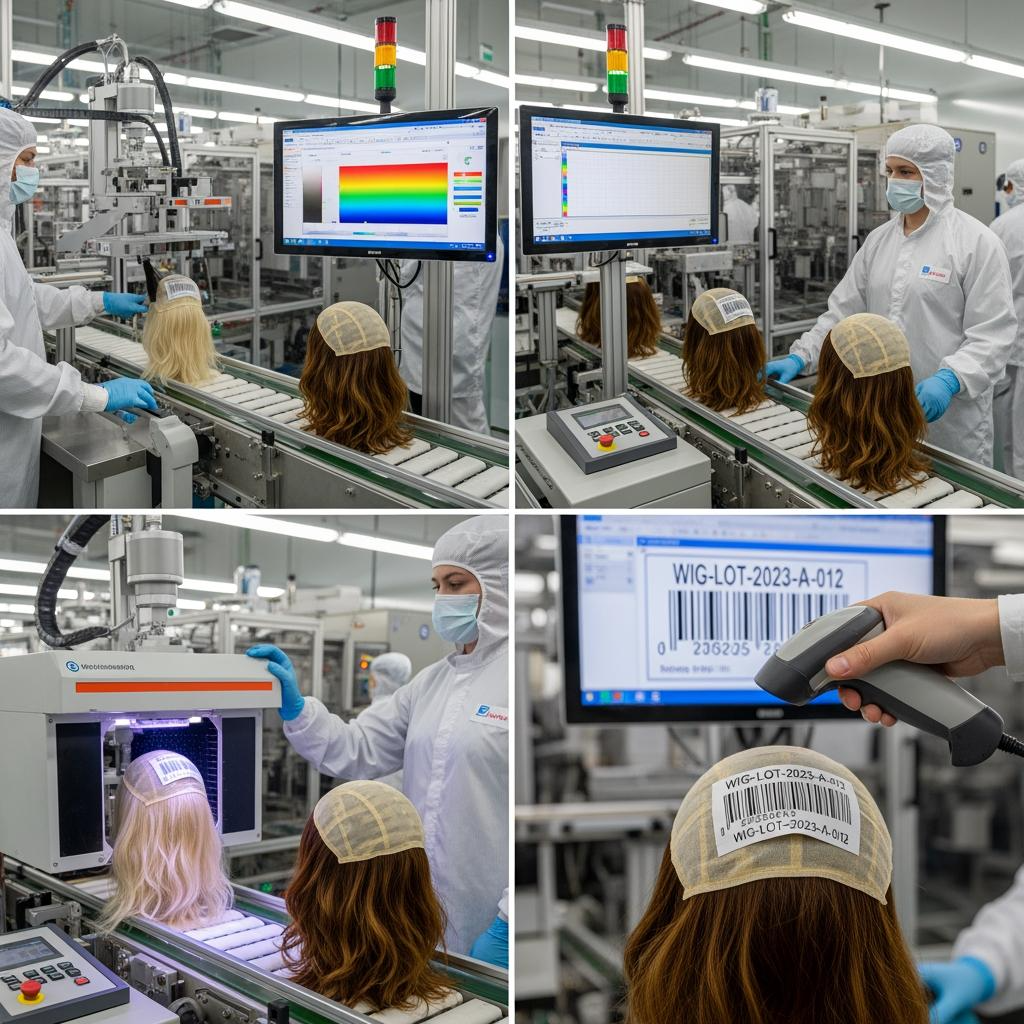
10. How to Provide Custom Human Hair Wigs for Cancer Patients at Scale
Customization at scale means standardizing the steps, not the outcome. Create a semi-custom system: three base cap shapes in multiple sizes, modular density, configurable lace lines, and a shade library with subtle undertones. Use a protected intake form to capture measurements and preferences, then translate them into a templated work order. Reserve factory capacity weekly for custom jobs so priority cases don’t bottleneck. Finally, close the loop with a rapid alteration service—ear-to-ear adjustments, temple thinning, or additional velvet lining—for patients who need final tweaks.
- Define the pathway: intake and consent → measurement and shade selection → gold sample confirmation (photos or swatches) → build and QC → fit check and alteration window. Each step includes a named owner, a timestamp, and a pass/fail criterion so nothing gets lost between consult and delivery.
- Maintain a dedicated semi-custom buffer. A small rolling WIP pool for the most common bases lets you finish to spec in days instead of weeks, protecting urgent cases without compromising quality.
- Package care with the product. Include a soft liner, storage bag, and a one-page care guide linked to a QR video to increase first-wear success and reduce support tickets.
- Track outcomes by lot. Tag returns and alterations with reasons—hot spots, slip, shade shift—so you can refine base patterns and shade ladders, improving future first-fit rates.
- Protect privacy in every handoff. Limit personally identifiable data to what’s essential for fit and delivery, and use secure channels for any photos or measurements your team must receive.
Ready to scale compassionately without sacrificing consistency? Share your hospital partners, monthly volume, and target lead times, and I’ll craft a right-sized assortment, supplier shortlist, and hospital onboarding plan—with sample kits and QA gates—to help you grow with confidence.
FAQ: human hair wigs for cancer patients
What cap features work best for human hair wigs for cancer patients?
Hand-tied or monofilament tops with soft lace fronts, breathable linings, and gentle silicone grip points deliver comfort and security on sensitive scalps.
How do I keep quality consistent in human hair wigs for cancer patients across many lots?
Use signed gold samples per SKU, require pre-shipment photos under neutral lighting, retain samples, and perform arrival inspections tied to lot IDs and a clear remake path.
What ethical sourcing proof do hospitals expect for human hair wigs for cancer patients?
Provide supplier declarations on voluntary, compensated collection, processing transparency, and lot-level traceability you can share during procurement reviews.
How can I reduce returns for human hair wigs for cancer patients?
Start with a tight size/shade matrix, provide swatch matching and short care videos, and offer fast, respectful alterations or exchanges within a defined window.
Do custom human hair wigs for cancer patients have to be slow?
Not if you use semi-custom bases with modular density and reserved factory capacity. Many tailored looks can be finished in days once measurements and shades are confirmed.
What logistics KPIs matter most for human hair wigs for cancer patients?
Track OTIF, defect/return rates, shade variance, days-of-supply on core sizes/shades, and remake turnaround time to keep hospital partners confident.
Last updated: 2025-11-13
Changelog:
- Added supplier evaluation matrix and hospital onboarding best practices
- Expanded comfort-centric cap and hair quality guidance for sensitive scalps
- Introduced ethical sourcing and traceability steps aligned to hospital expectations
- Provided semi-custom workflow to deliver custom fits at scale with quick alterations
Next review date & triggers: 2026-04-30 or upon supplier changes, hospital routing guide updates, or major assortment refresh.

Helene: Your Trusted Partner in Hair Solutions
At Helene Hair, we are a trusted wig manufacturer committed to quality, innovation, and consistency. Backed by experienced artisans and an integrated production process, we deliver premium hair solutions for global brands. Our blog reflects the latest industry insights and market trends.

